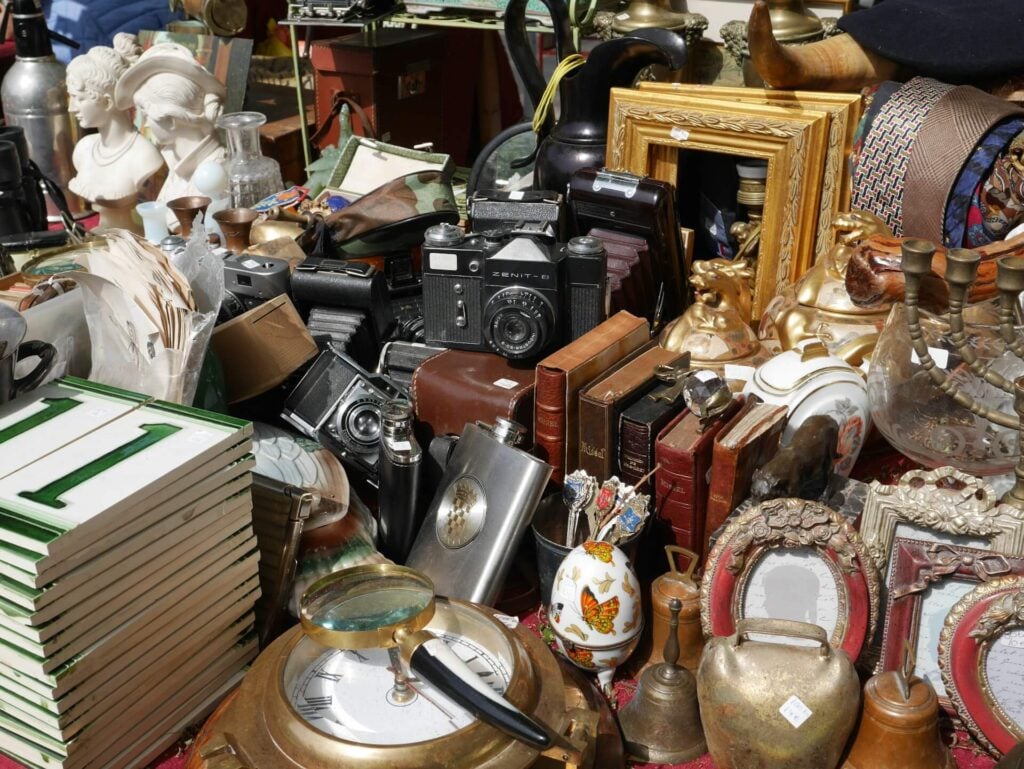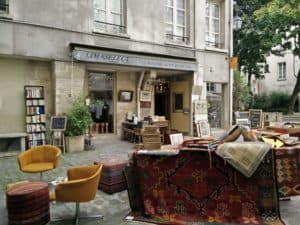Antiques vs. Vintage: What’s the Difference and Why It Matters

When it comes to decorating with the past, few topics stir more confusion than the distinction between antique and vintage. The two terms are often used interchangeably in conversation and marketing, but they hold distinct meanings that can significantly affect value, authenticity, and even legality in certain contexts.
Whether you’re curating a home filled with storied treasures or just getting started on your secondhand journey, understanding these nuances can transform you from a casual browser into a confident collector.
What Is the Difference Between Antique and Vintage?
The main difference between antiques and vintage items lies in age and historical significance. An antique is traditionally defined as an item that is at least 100 years old. These objects often reflect the craftsmanship, culture, and aesthetics of a bygone era. Vintage, meanwhile, refers to items that are younger—typically between 20 and 99 years old—and that reflect the design trends of a particular time period within the last century. While both offer a connection to the past, antiques often carry more historical and monetary weight.
How Old Is an Antique?
An antique must be at least 100 years old. This widely accepted benchmark isn’t arbitrary—it reflects a consensus among historians, appraisers, and collectors that the passage of a century lends an object not only age but context. These pieces are considered artifacts from another time, imbued with the patina of age and often representing craftsmanship that’s difficult to replicate today. If the age of a piece can’t be verified or doesn’t meet the 100-year threshold, it’s generally not classified as antique, no matter how charming or rare it may be.
How Old Is Vintage?
Vintage typically refers to objects that are at least 20 years old but less than 100. These items are recent enough to be relatable yet old enough to evoke nostalgia. Think of a 1960s teak sideboard, an original 1980s band tee, or a first-edition 1970s design magazine. The term “true vintage” is sometimes used to distinguish items that are 50+ years old and often considered highly collectible, such as furniture. However, be cautious: some stores label items as vintage that are merely 10 years old or vintage-inspired, especially in fashion.
How to Tell the Difference Between Antique and Vintage
Distinguishing between antique and vintage involves more than just counting years. You should also consider the design era, craftsmanship, and historical context. Antiques usually have ornate detailing, signs of handcrafting, and wear consistent with their age. Vintage items, on the other hand, reflect trends from specific decades—like , Mid-Century Modern, or 1980s Memphis design. Trusted dealers, hallmarks, and a bit of research can help verify authenticity. Period-specific descriptions—such as Edwardian or Bauhaus—can also add clarity when labeling items.
What Are Key Characteristics of Vintage Items?
Vintage items are rich in style and nostalgia. Here are some of their defining traits:
Vintage appeals to those who appreciate history but want something a bit more current and accessible than antiques.
What Are Key Characteristics of Antiques?
Antiques often feel like they belong in a museum—and that’s part of their charm. Look for these traits:
Antiques are prized for their authenticity, rarity, and the story they bring into a space.
Are There Markings to Help Determine Age?
Many items—both antique and vintage—feature hallmarks, date stamps, or maker’s marks that can help determine their origin and age. For example, often carries tiny stamped symbols that denote the maker, purity, and country of origin. Furniture might have branded stamps, labels, or chalk markings. However, not all markings are reliable or easy to interpret. Consult multiple sources and, when in doubt, seek a professional appraisal. Also, common-sense indicators like a “microwave safe” label generally disqualify an item from antique status.
Do Materials Help Distinguish Antiques from Vintage?
Materials offer clues but aren’t definitive. Antiques tend to be made from traditional materials like solid wood, brass, cast iron, and natural textiles. They were crafted before the widespread use of synthetic materials. Vintage items, however, may incorporate new materials like Bakelite, melamine, or molded plastic—materials that signal mass production and 20th-century design innovations. While materials help indicate an era, they must be considered alongside craftsmanship and context.
Are Antiques Still Made Today?
No—by definition, antiques cannot be newly made. They must have existed for at least a century. That said, many contemporary artisans craft furniture and decor inspired by antique styles, from Louis XVI chairs to Gothic candleholders. These reproductions can be beautiful, but they don’t carry the same historical weight or value.
Are Vintage Items Still Made Today?
Likewise, true vintage cannot be produced today. However, many brands and artisans create “vintage-inspired” goods that pay homage to past decades. These can be stylish and well-crafted but won’t gain vintage status until they’ve stood the test of time—at least 20 years.
What Else Should You Know?
Understanding the difference between antique and vintage goes beyond semantics. It shapes how you shop, decorate, and invest. Antiques bring gravitas and timeless elegance, while vintage offers character and accessibility. Knowing which is which empowers you to make smarter purchases and better appreciate the stories behind your treasures. Whether you fall for a 1920s French armoire or a 1970s bar cart, understanding its origin helps you become not just a collector, but a caretaker of history.












